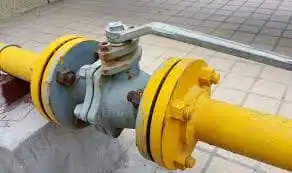1. Types, specifications and structures of valves.
2. Opening and closing torque of valve (pipeline pressure, maximum pressure difference of valve) and thrust.
3. Maximum ambient temperature and fluid temperature.
4. Usage method and usage times.
5. Opening and closing speed and time.
6. Diameter, pitch and rotation direction of valve stem.
7. Connection mode.
8. Power source parameters: electric power supply voltage, phase number and frequency; pneumatic air source pressure; medium pressure of hydraulic pressure.
9. Special considerations: low temperature, anticorrosion, explosion-proof, waterproof, fireproof and radiation protection, etc.
 Among all valve driving devices, electric and membrane pneumatic devices are widely used. Electric devices are mainly used on closed-circuit valves; membrane pneumatic devices are mainly used in regulating valves. Electromagnetic transmission is mainly used for small-diameter valves. Built-in bellows transmission device is mainly used in valves with short stroke of disc and corrosive and toxic media. However, its application range is often limited by the auxiliary pilot device which controls the main transmission device.
Among all valve driving devices, electric and membrane pneumatic devices are widely used. Electric devices are mainly used on closed-circuit valves; membrane pneumatic devices are mainly used in regulating valves. Electromagnetic transmission is mainly used for small-diameter valves. Built-in bellows transmission device is mainly used in valves with short stroke of disc and corrosive and toxic media. However, its application range is often limited by the auxiliary pilot device which controls the main transmission device.A special requirement for the valve actuator is that it must be able to limit the torque or axial force. The valve electric device adopts the coupling for limiting torque. In hydraulic and pneumatic driving devices, the maximum acting force depends on the effective area of diaphragm or piston and the pressure of driving medium. Springs can also be used to limit the transmitted force.
